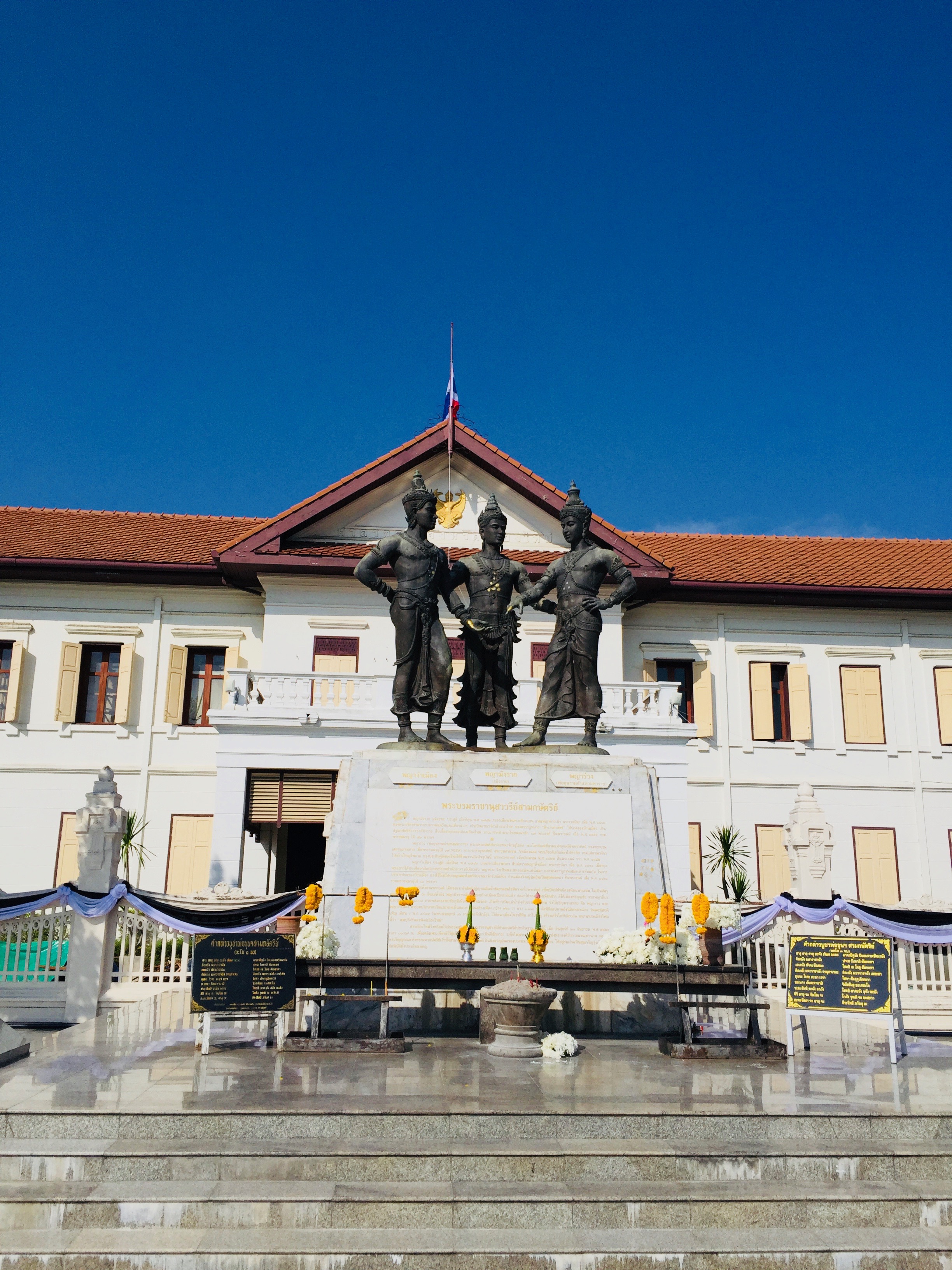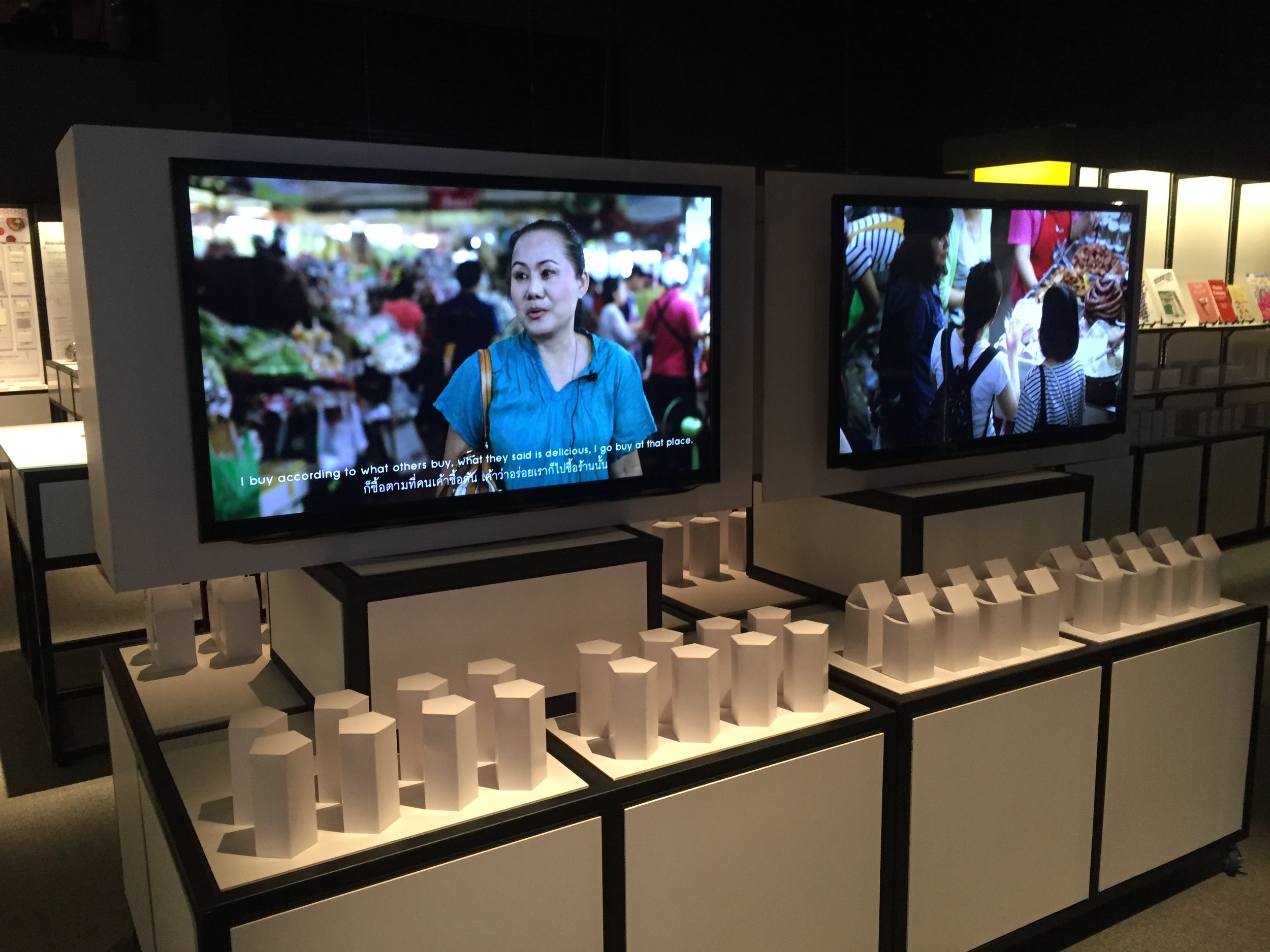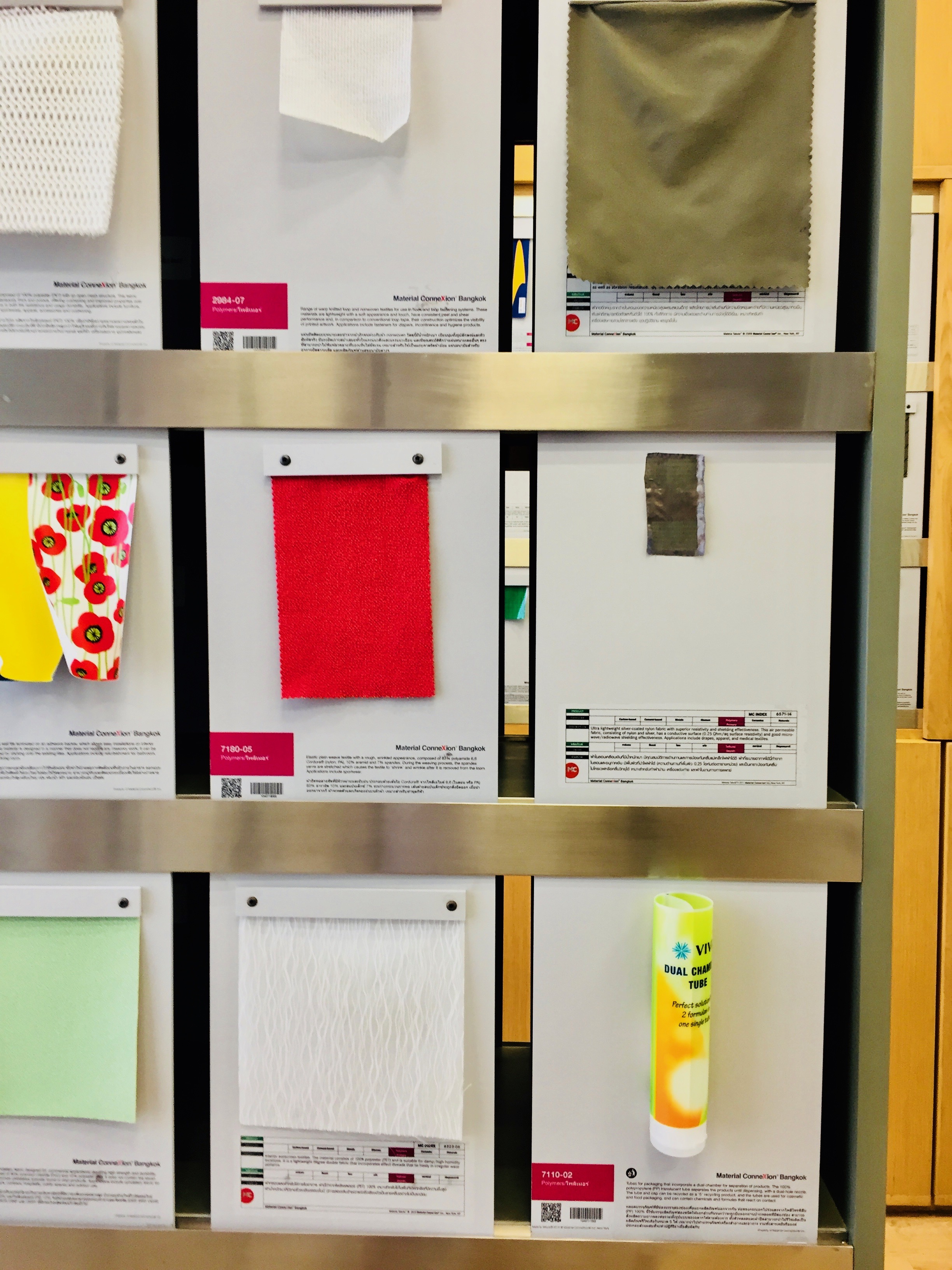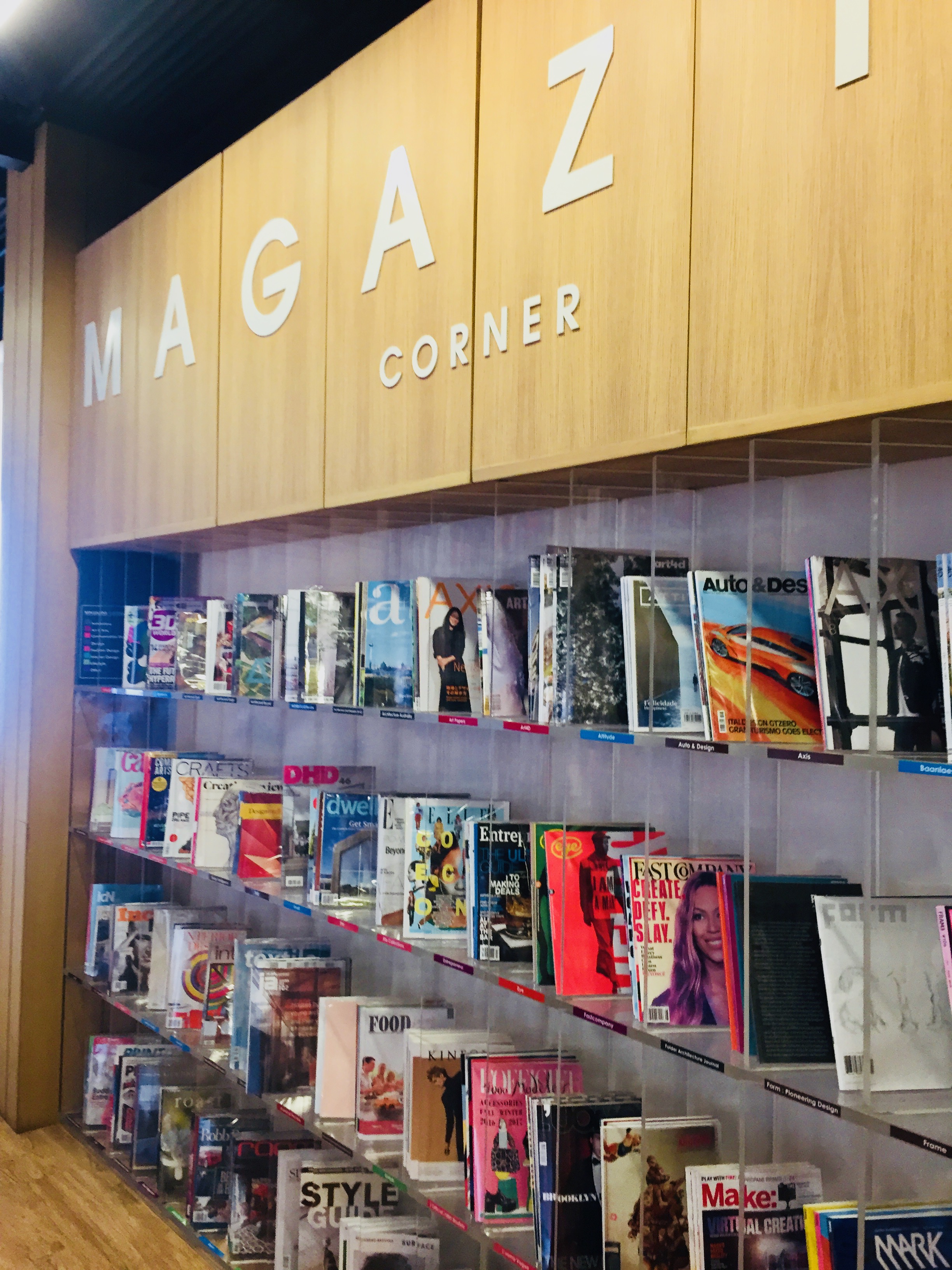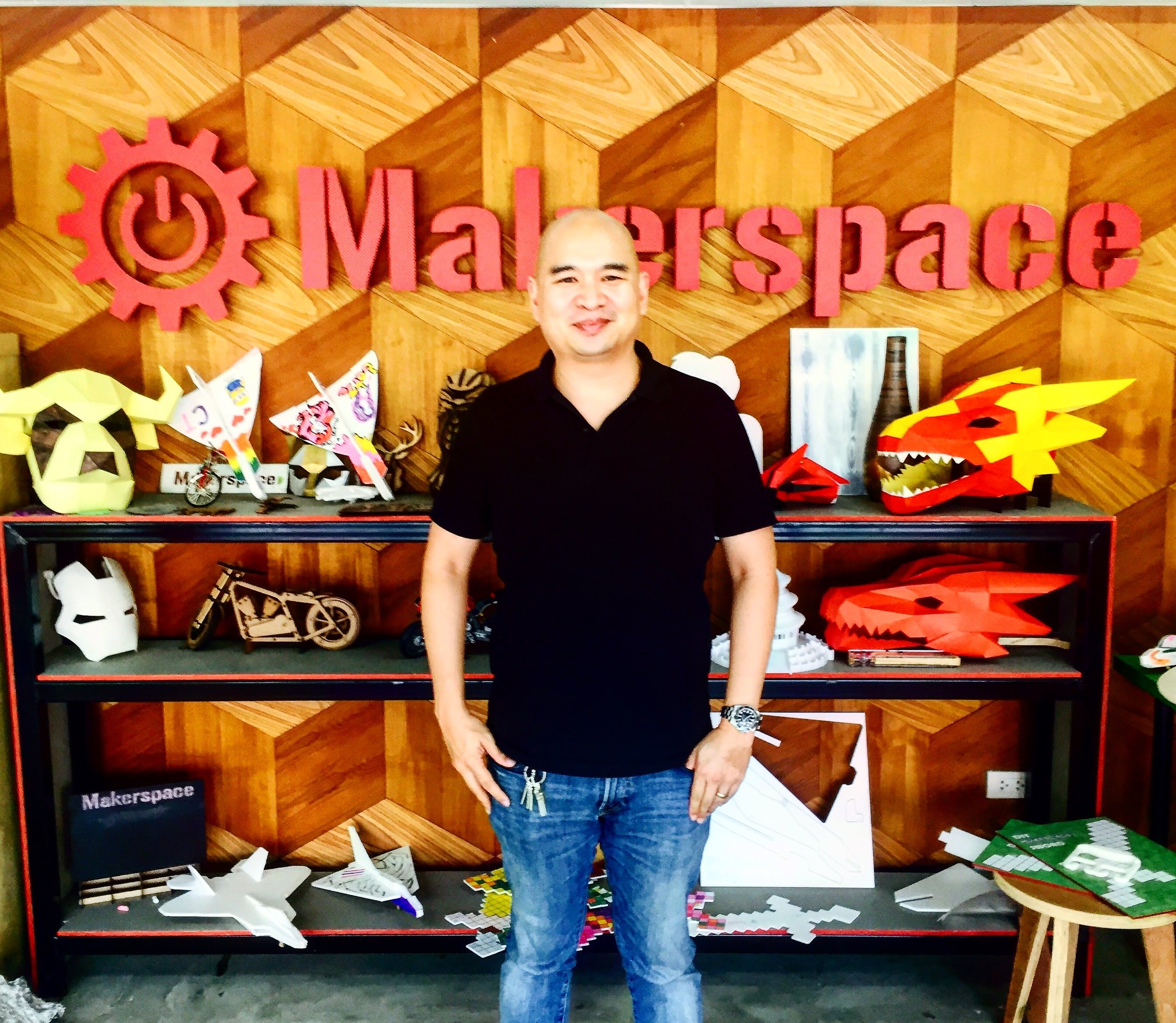Chiang Mai: Cultural Justice in the Creative City
Chiang Mai in Thailand was officially recognized as a Unesco Creative City of Craft and Folk Art on 31 October 2017. There HAD BEEN a initial push from a section of the creative community to declare it a City of Design. What can explain this shift? And what can it tell us about the city and its search for cultural justice? First some context …
Three Kings Monument in the central Chiang Mai old town, around which are a series of municipal funded museums and art centres.
History and Cultural Context
Chiang Mai in the hilly North of the country is the second most important city in contemporary Thailand, playing vital roles economically and culturally.
It started as the capital of the Lanna Kingdom (1296-1768), before it became a tributary state of Siam as the Kingdom of Chiang Mail (until 1899). It sits on the Ping River which has been important for trade and communication routes and a key element in making the area a fertile region and a center of agriculture. The river and its canals play a symbolically important role in the city and previous rulers planned a sophisticated town plan with a complex system of moats to channel the river, to serve as protection but also to aid drainage in rainy months. Chiang Mai was designed to work in harmony with nature and culture and was once highly regarded for this unique mix, though this heritage has been recently under threat.
The city's kind and welcoming population are increasingly reconnecting with their Lanna roots. This is strongly supported by The Chiang Mai Arts and Culture Centre (linked to a local umbrella network FeunBaan Yaan Wiang), which provides both a display and advocacy role in the city. The region is known for its rich craft traditions, with artisans skilled at working with paper, bamboo, wood, ceramics, silver and textiles. A wealth of locally known items including the famed umbrellas are produced in the area. The area has a strong performing arts traditions and vibrant music scene. These have helped the city be regarded as Thailand's cultural heart A growing contemporary arts scene has emerged with a vast number of arts spaces and residencies as well as an excellent private museum, the MAIIAM. The Chiang Mai Art Conversation initiatives has begun to work to connect the visual arts scene. Much of this environment is fed by a respected arts departments at the CM University as well as the Center for the Promotion of Arts and Culture.
CMU (the University) is a key player in a range of other areas - notably feeding the growing design, ICT and new media scenes. Design is promoted in particular through the innovative and effective Thailand Creative and Design Centre, funded by national government. Chiang Mai hosts the only other branch, outside of Bangkok. This organization provides an important service for designers in the region through a well stocked library. It hosts regular exhibitions and workshops to improve design - supporting social issues (such as how to design for the countries aging community) or industrial concerns (exploring sustainability in packaging for agro-food processing). It has become an important connector in the city. The busy cultural scene is complemented by the wealth of lifestyle offerings in the city, including a number of designer goods stores and a wide range of excellent, trendy and well designed coffee shops and restaurants. Creatives drawn to the buzzy environment are supported by a wide variety of co-working and creative spaces. A number of events and festivals such as a Handicraft tradefair (Nohmex) and the Chiang Mai Design Week complete the mix.
A crowded old part of the city
The Challenge of Economic Growth
Because Chiang Mai is an inland city, many foreigners drawn to the countries famed beaches often avoid it. This has saved the city from some of the ravages of mass tourism. Nonetheless tourism figures are high - in excess of 14 million people annually and growing. Chinese tourists are its fastest growing market drawn to the city's cultural history, landscape and climate. Chiang Mai has also become a popular city for digital nomads primarily from the global North - these are people working remotely attracted to the relatively cheap and good lifestyle offered as well as a variety of co-working spaces to choose from. Tourism has brought welcome investments, but there also a number of challenges in its wake.
Economic growth has led to rapid, unchecked urban development. There are many new buildings and roads, an increased number of vehicles and a shortage of green and public spaces in many neighborhoods.. Overdevelopment has fed the city's environmental challenges. This is made worse by the unsustainable methods used the city's dominant agro-food processing industries, which has resulted in serious air pollution problems and soil degradation. Part of the problem is the complex governance system that prevents integrated urban management and development and the consequent lack of urban planning. Challenges also stem from corrupt practices linked to a destructive set of interest networks at play, all of whom are driven by short term financial gain making. One of these groupings is the informal taxi system whose influence has prevented the development of a public transport system so badly needed.
Baan Kang Wat an exceptional artists village which opens its doors during the day for visitors. It has trendy cafes and shops, studios of artists and their homes.
Using Unesco Processes to Further Cultural Justice
Once Chiang Mai was a city of bicycles and greenary, meldeding seamlessly with ancient architectural elements, today the city is increasingly being buried in concrete, overrun by cars and scooters. Increased land values have also led to gentrification and concerns by locals that their proud cultural life is under threat. Artists have been forced to move out of the city, setting up artist villages on the edges.
The concern amongst citizens has led to increased activism around the protection of cultural rights and to environmental issues. This includes activism to have Chiang Mai's central historical core declared a Unesco World Heritage, and successful protests against (amongst other) attempts by local government to build a road over a riverway. Cultural bodies, CMU academics and other partners have been central in these acts of activism as well as the bid for the city to become a Unesco Creative City of Crafts and Folk Art. This is despite a political context which is not always supportive financially of culture. The group's ability to mobilise around the two Unesco processes to create a space to help protect key rights is thus admirable and exciting. But its interesting to recognise that this work is happening in a cultural context that is, to some extent divided.
Before the city won the recent Unesco designation a group of group of people who wished to see Chiang Main more internationally facing were active. This was the Creative Chiang Mai initiative. It is associated with the University's plans to establish a Science Park with the desire to project an image of the city as modern and innovative, while drawing on its emerging creative industries. This group consists of Thais who have had international exposure, as well as expats. They are concerned with furthering economic growth opportunities and trade.
Creative Chiang Mai is one of the four key partners of the SE Asia Creative Cities Network, set up through the advocacy of the British Council. Building on the British experience, the body has done an extensive mapping study of the city, instituted a strong social media presence and developed a creative brand for Chiang Mai. Its partially the reason why one finds a strong Wikipedia presence linking the city's creative city concept to design rather than crafts and folk art. Its unclear to what extent the two groupings are working together at present, but both have divergent visions and intents about the city's future. Yet interestingly the difference brings to the fore the key tensions around the UNESCO Creative City programme and its adaptability to a global South context.
TCDC Chiang Mai. Images above include an exhibition on packaging, the materials library and a small section of its exceptional library of books and magazines.
Creative City: For Whom? For What end?
In an early blog, the issue of UNESCO's creative city designation was discussed. These included the concern of possible (mis)use by municipalities of the designation for narrow promotional ends rather than as a tool for cultural development and change. It will be hard to assess the impacts of the designation because of Unesco's long term moratorium on sharing bid information. This is complicated by an emphasis solely on self evaluation over external evaluation input. Moreover the narrowness of the categories means that global South cities end up gravitating towards two comfortable arenas - Craft and Folk Art and Gastronomy. The categories may in the long term have damaging consequences, especially if it drives public sector investment to narrowly support the sector it has chosen, rather than a more holistic approach addressing the potential of the city. This can be counterproductive to Unesco's interest in furthering sustainability. These issues sit at the heart of Creative Chiang Mai's concerns about aspects of its agenda being sidelined. The challenges raised may be further complicated if a local government in question is not transparent about information sharing and does not adequately engage with its civil society. These will create difficulties too, potentially, for independent researchers.
A risk of designations of this nature is that they be driven by forces that are not attuned to key long term needs and who do not consider the broader sustainability concerns beyond more narrow economic or promotional ends. The Chiang Mai case though has been driven by more positive forces. Here civil society interest groups working with soft power and networks to further cultural justice considerations have quietly driven the process. It was possible for these interests to emerge because government has taken less of a driving role and has acted instead as an enabler of local interests. However there may be challenges when financing is needed for certain initiatives in the future, considering the current low level of support given to local cultural institutions by the local region. But for now at least, power to shape the project is in the hands of concerned, committed and cultural sensitive champions.
Nati Sang, director of the highly acclaimed Thailand Maker Space
Conclusion
Creative City and heritage status designations bring many possibilities for joint action. Despite the challenges facing the city, there is much to be positive about with Chiang Mai's cultural development endeavours, its deep histories and traditions, its vibrant cultural ecosystem and committed civil society.
Even the tensions of two competing visions provide a possibility for dialogue and can, if handled with care, create an opportunity for a powerful common agenda for city transformation.


